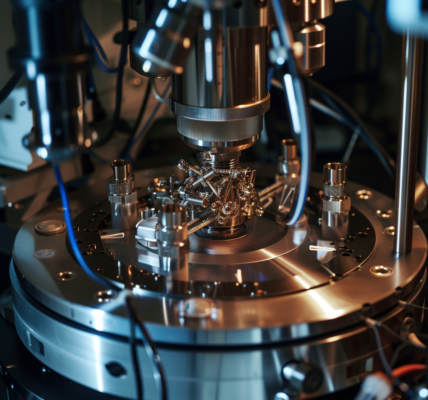A new breakthrough in energy technology has emerged from the University of Utah’s College of Engineering. Researchers have developed a novel type of battery called a pyroelectrochemical cell (PEC) that can harvest ambient thermal energy and convert it directly into stored electrochemical energy. This innovation holds great potential for powering the Internet of Things (IoT) devices and distributed sensors in remote settings where reliable electrical sources are not practically available.
The PEC device, developed and tested in the research labs of Roseanne Warren and Shad Roundy, both associate professors of mechanical engineering, is designed to address the challenges faced by wirelessly connected devices used for monitoring engines, machinery, and remote sensing in agricultural settings. These devices, part of the IoT system, currently face limitations due to the lack of practical power sources in certain environments.
According to Warren, the senior author of the study, the PEC device is capable of generating a charge with an increase or decrease in temperature in the surrounding environment. This means that the device can be charged by changing temperatures in various settings, including inside a car, aircraft, or just under the soil in agricultural environments. The ability to harness very low levels of energy harvesting makes it possible for sensors to operate without the need for frequent recharging, offering a significant advantage for IoT applications.
Shad Roundy, a co-author of the study, highlighted the limitations of solar cells in certain environments, stating that they require regular cleaning to maintain efficiency and are not suitable for settings where sunlight is unavailable, such as under the soil surface. In contrast, the PEC device overcomes these challenges by utilizing a pyroelectric composite material as the separator in an electrochemical system, enabling it to function effectively in diverse environmental conditions.
The research findings, published in the journal Energy & Environmental Science, signify a significant step forward in the development of sustainable energy solutions for IoT applications. With the potential to power sensors that would otherwise be impractical to recharge, the PEC device offers a promising pathway towards enhancing the efficiency and reliability of wirelessly connected devices in remote and challenging settings.





